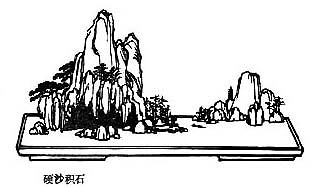孫
子
兵
法
Sun Zi 
 – The Art of War
– The Art of War
Chinese strategy explained : know yourself and the ennemy, use deception, spies, and "win with ease". Tr. Giles (en, annotated) and Amiot (fr).
Waging War
Ts`ao Kung has the note: "He who wishes to fight must first count the cost," which prepares us for the discovery that the subject of the chapter is not what we might expect from the title, but is primarily a consideration of ways and means.
Sunzi II. 10.
In war, then, let your great object be victory, not lengthy campaigns.1
Thus it may be known that the leader of armies is the arbiter of the people's fate, the man on whom it depends whether the nation shall be in peace or in peril.
Giles II.19,20.
L'essentiel est dans la victoire et non dans les opérations prolongées. Le général qui s'entend dans l'art de la guerre est le ministre du destin du peuple et l'arbitre de la destinée de la victoire. Quels objets peuvent être plus dignes de votre attention et de tous vos efforts !
Amiot

The Art of War – Sun Zi II. 10. – Chinese on/off – Français/English
Alias Sun Tzu, Sun Wu, Sun Tse, Sunzi Bingfa, Souen Tseu, Souen Wou, 孫武.
The Book of Odes, The Analects, Great Learning, Doctrine of the Mean, Three-characters book, The Book of Changes, The Way and its Power, 300 Tang Poems, The Art of War, Thirty-Six Strategies
Welcome, help, notes, introduction, table.
Index – Contact – Top
